RAW photos. A term that you’ve probably heard at least once being thrown around in the photography world.
RAW. JPEG. TIFF. DNG. WTF?!
You can find all of this information online from many reputable websites and sources.
However, if you are brand spakin’ new to photography and all of that technical jargon confuses you to the core, I am going to do my best to water it down and make it more digestable.
In simple terms, these are all different forms of photo files. You know, the digital files that you can view on a screen, share online, and send off to print. Well, some of them.
Inside your camera settings, you can choose to capture in RAW or JPEG.
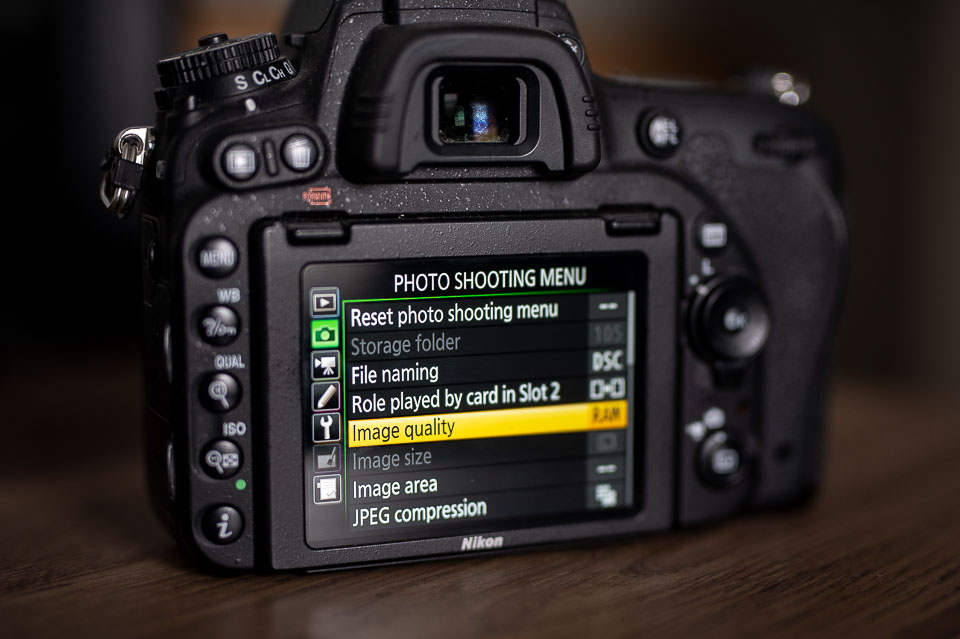
JPEG is probably the most commonly used photo file, and there’s no secret why. They are smaller, more condensed, and easier to handle.
A JPEG is ready to view, share, and print. Nothing else needs to be done with a JPEG.
RAW photos on the other hand, need a certain level of attention. They need to be finished.
Just as raw cookie dough needs to be baked (depends on who you ask), RAW files need to be “baked” too in order to be done.
What is a RAW photo?
RAW photos are raw.
What does RAW mean? It means that it’s an unfinished file.
In photography terms, they are a minimally processed and uncompressed file that needs to be compressed and finished. And you can only do this in certain editing programs (my favorite being Lightroom).
And because of all of the data that is recorded in a RAW file, they are larger than JPEG straight out of the camera (sooc).
Simply stated, a RAW photo is:
- an unfinished file format that you choose in your camera
- a larger file with more documented data
- a file that needs to be edited, compressed, and changed to a compressed file before you can fully use it (such as JPEG)
There are several ways that you can preview a RAW photo: your camera, Lightroom, Photoshop, a RAW viewing plugin, and too many to mention here.
But, in order to finish the RAW photo, you will have to make adjustments to the file and then convert it into another file type, such as a JPEG.
You can’t just take RAW photos and be done with them.
They need to be edited and finished.
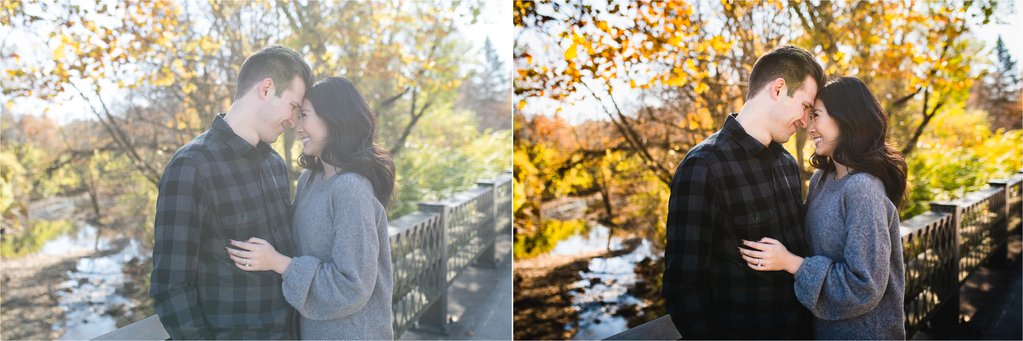
(Due to poor lighting and being a RAW file, this photo desperately needed editing)
My favorite way to view, handle, and edit RAW photos is to do so in Lightroom.
Not only is Lightroom a powerful editing program that can help you view your RAW photos, any adjustments you make to your photos are stored in what’s called a ‘catalog’ and those changes are not made on your original photos themselves.
In simple terms, Lightroom editing does not alter your photos AT ALL.
It creates a preview of how your finished photo will look, then once you decide it’s done, you can export a separate photo (in this case, a new JPEG) which will leave your RAW photo untouched.
Other editing programs makes changes to the actual file, while Lightroom leaves it alone so your RAW photos stay safe.
If you’re sitting here thinking that RAW photos are too much work and not worth the trouble, then keep on reading.
RAW VS. JPEG
RAW photos sound like a headache. An unfinished file that I have to finish? Special viewing and editing software? Larger file size?
Why not just shoot in JPEG and call it a day?!
I know that these questions might be going through your head at the moment, so let’s clarify a few things.
First of all, the unfinished file.
What’s amazing about having an unfinished file is that YOU get to finish it (and not your camera).
You see, when you shoot in JPEG format, your camera decides how to finish your photo. The camera will apply sharpening, contrast, and smush it altogether so that you don’t have to do it.
In a nutshell, the camera decides the best way to finish the photo depending on what data was captured.
RAW on the other hand, you get to finish with your editing.
You can apply sharpening, contrast, exposure, blacks, whites, and many more options because you have a blanker slate to work from.
This is why RAW photos look more dull. It’s because none of the adjustments have been made to it like a JPEG would.
Which is AMAZING news if you like to have total control of how your images look in the end.
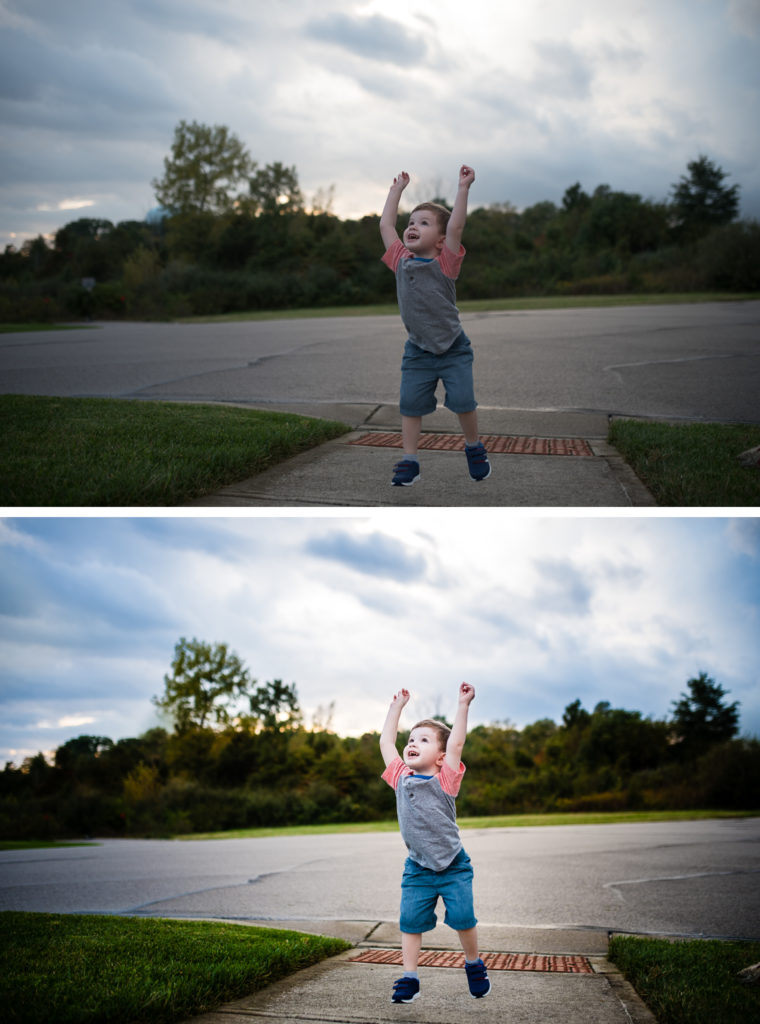
Shooting in RAW allowed me to capture the details in the shadows, highlights, while being able to add more contrast and color to my photo. This gave me more control with how the final image looked.
Should you shoot in RAW?
This is completely subjective and highly debatable, and different photographers will tell you different things. (how awesome – or not awesome – is that?!)
So, it’s important to know what your photography goals are and which file type would suit those goals the best.
If you are a hobbyist…
Maybe editing isn’t super important to you (at least right now), and you take great photos out of camera that don’t need major adjustments, then RAW might be overkill for you.
Editing JPEG photos are a lot easier in terms that you don’t need to edit as much.
So, if you are just snap happy and want quick results, shooting in JPEG might be your best bet – at least for now.
You are a beginner, but wanting to go pro…
I highly recommend shooting in RAW. Or at least until you get your camera setting down pat and consistent (but, even pros make mistakes).
Shooting in RAW will give you the most flexibility and control when it comes to editing.
For instance, you could purposely underexpose an image to retain details and bring up certain lighting areas in post-processing.
This is how I create creamy skin tones – by shooting in RAW, slightly underexposed, and adding in light where it’s needed.
It’s a pretty simple editing process when you know how to do it, and once you get the hang of it, it doesn’t hardly take any time.
If you’re a professional…
I am not even going to go there.
If you are a professional and still know know if you need to be shooting in RAW or not, maybe brush up on your camera & lighting skills and then come back. Because I really don’t want to spoil this moment for you.
You’re welcome.
With that said, there are MANY benefits to shooting in RAW vs. JPEG. Shall we take a look?
RAW preserves more details
Because of the nature of a RAW file being uncompressed, more detail is captured and recorded.
Since the camera isn’t calling the shots and interpreting how your finished photos should look, a lot more data is stored in the file – so that you can be the deciding factor instead.
This is great news for all of you control freaks!
I don’t know about you, but I like to decide how my photos looks in the end, NOT my camera.
With more data that is captured, you have more opportunity to “fine-tune” your photos & make them look the best that they can.
If you happen to make a mistake (heaven forbid) and accidentally overexpose your photo, having a RAW photo will be the deciding factor in whether you have to toss it out or not.
Unless it’s super over or under exposed, you can easily adjust it in editing & nobody would even know it.
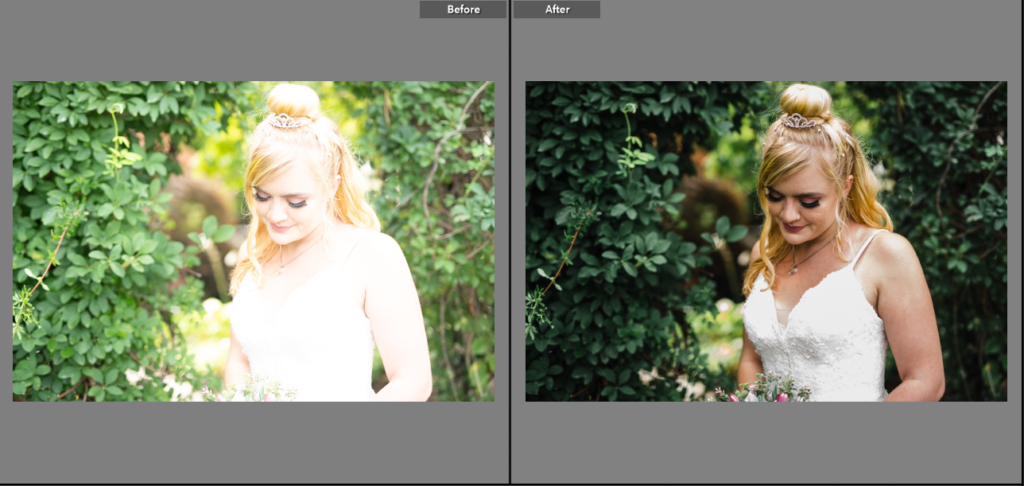
Take this photo as an example. I was happily in the moment shooting a wedding when I forgot to adjust my settings from the indoor area we were just at before snapping this photo.
Before I realized my mistake, it was too late. A few photos were obviously overexposed, including this one.
I WAS able to bring back some of the details in the photo, but the highlights in the dress are clearly ruined (because there is no data in those details).
If this were a JPEG photo, there would be no saving it because all of the data would be compressed, smushed, and finalized.
Basically what I am saying here is that it’s much easier to edit and save “bad” photos when you shoot in RAW.
Because of this, shooting in RAW format gives you more flexibility.
RAW photos give you more flexibility
Now that you understand that you can fix a horribly bad overexposed image shooting in RAW. What else is there?
Well, just about everything.
Because RAW photos include more data in the details, you can edit a lot heavier if needed. Meaning you can reduce shadows, lift highlights, brighten, darken, and choose from many other white balance options in Lightroom.
This is where the fun begins!
Since RAW photos are not compressed, they appear more dull. Why? They need to be finished with sharpening, contrast, color, etc. You get to decide how much of all of those things will be applied to your photos – not your camera.

Take this image for example. The light was low in the sky, barely peeking over the tree line. I wanted a nice sunburst, but with the clouds coming in, it made everything look dull and washed out.
By applying a preset, adjusting the black & white sliders in Lightroom, and using a soft brush, this photo came to life with ease.
Since the details hadn’t been compressed, I was able to create a moody look to my photo without compromising quality.
Your editing isn’t limited
Unlike editing JPEG files, your editing isn’t as limited when working with RAW files.
Once you turn your photo into a JPEG, then it starts to lose it’s quality. The more you touch a JPEG, save it, and go back and touch it up again, it starts to actually become degraded.
It starts to lose data.
That’s why editing in Lightroom is so important. Any global changes you make, you’re actually making to the catalog and NOT your photo (which is why they say editing in Lightroom is non-destructive).
In a nutshell, you will have more range of editing with raw photos.
This is why many professional photographers choose to shoot in RAW & why you will always see me share Lightroom tutorials with RAW images.
Not to say that you HAVE TO shoot in RAW, but you will be glad that you did.
Still have questions about shooting in raw? let me know in the comments below and I will be sure to answer!
If you found this blog helpful, you might also like:
Take better portraits & learn how to get creamy skin tones.
Learn how to get blurry backgrounds in your images.
Keep these tips in mind to help you edit like a pro.
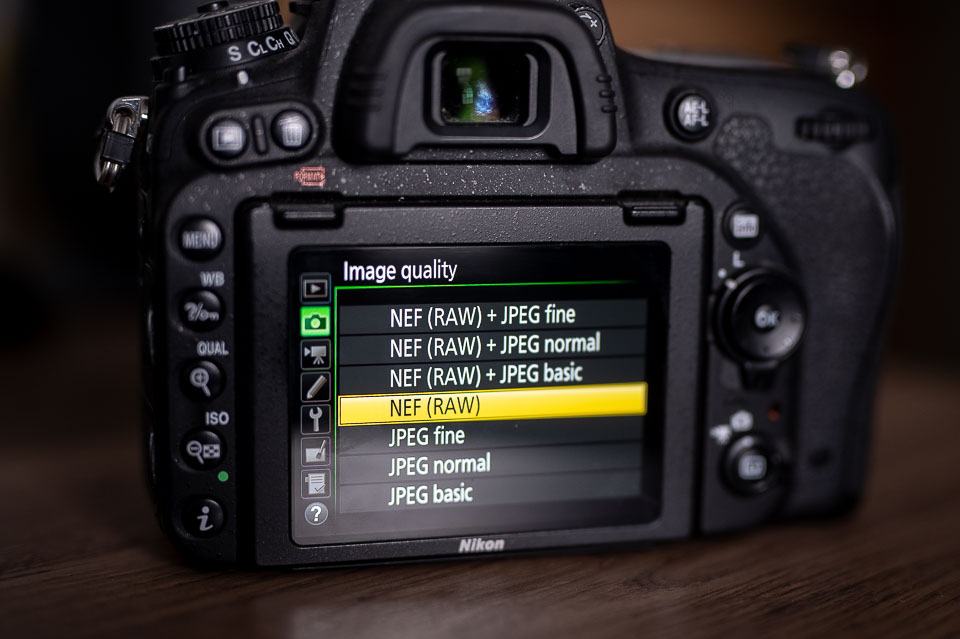

be the first to comment